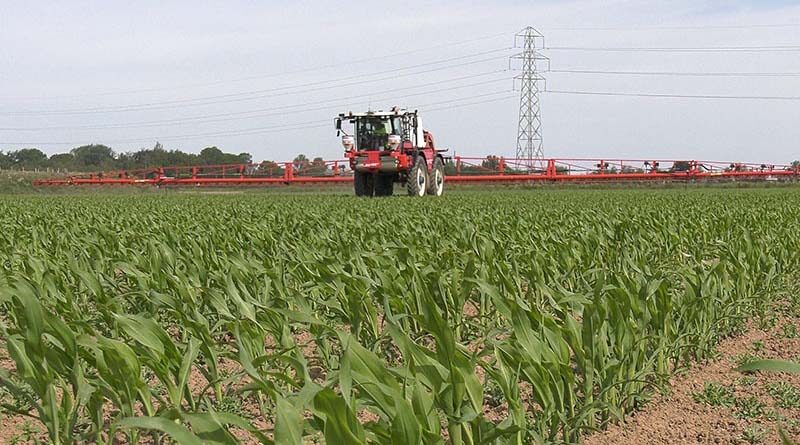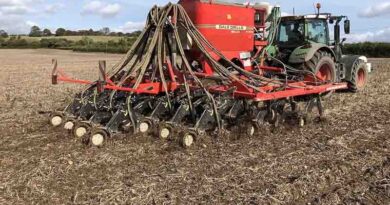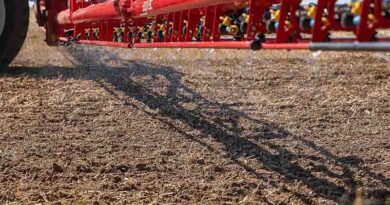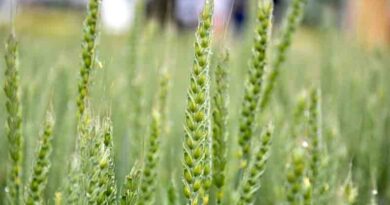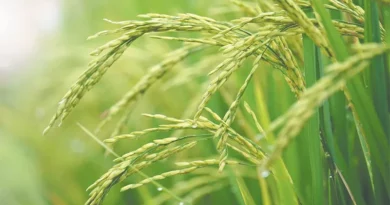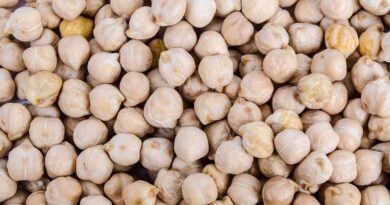Maize application advice to stay weed free all season
29 April 2022, UK: With maize crops so susceptible to weed competition for light, moisture and nutrients, an effective herbicide strategy is essential. Robust pre-emergence applications ensure the crop gets off to a clean start, and gives greater flexibility for timing and choices with post emergence treatments.
To achieve the best possible results, Syngenta maize technical manager, Joe Bagshaw (below), advises growers and sprayer operators to fine tune techniques to target herbicide treatments.
Application of pre-emergence herbicides on maize seedbeds, such as Dual Gold, poses specific challenges for sprayer operators. With no crop to capture the spray, any cross wind in the field can lead to a greater drift, especially with small droplets, he warned.
“Gusty winds, typical with the spring application timing, can prove particularly troublesome in shifting the spray pattern and compromising seed bed coverage. Moving to new 90% drift reduction technology can deliver more consistent coverage on the surface and minimise the risk of drift,” he advised.
Also Read: Less than 3 percent pesticides in Indian market misbranded FY 2021-22
In field trials, the new Syngenta 3D ninety nozzle, which incorporates 90% drift reduction with an angled spray pattern, has given a consistent improvement in grass weed control, for example, compared to conventional low drift nozzles. The 3D ninety also performed 9% better than the existing industry-standard 3D nozzle.
Although maize seedbeds are usually level and firm for even drilling depth, they can frequently be quite cloddy, particular when created in dry spring conditions. “The angled nozzles, fitted to alternate facing forwards and backwards along the spray boom, compensate for the forwards movement of the sprayer and the coarse droplets deliver more consistent coverage all around the clods and across the surface,” pointed out Mr Bagshaw.
He highlighted that application at 200 litres per hectare has also proven to be significantly more effective with pre-emergence herbicide surface coverage and overall weed control results, compared to lower water volumes. The extensive trials showed no significant advantage by increasing water volumes further, he added.
“The adage for pre-emergence application to ‘Go Low; Go Slow; Get Covered’ is particularly relevant for maize seedbeds, where all-round coverage of soil clods on cultivated surfaces is essential,” Joe urged.
Further measure to reduce drift and ensure better results include spraying at 12 km/hr or less, along with maintaining the boom height at an even 50cm above the target soil surface.
“Reducing forward speed cuts the turbulence behind the sprayer, to maintain an even spray pattern, as well as making the spray less susceptible to wind movement. Lowering the boom height to 50 cm is one of the main factors in reducing drift risk, and where slower speeds also help to improve boom stability,” he advised.
The angled drift-reduction nozzles remain the technique of choice through the earliest post-emergence applications that include both soil-acting residual and early contact activity, such as Camix, and typically made up until the four-leaf growth stage of maize.
“Once the maize crop gets larger, it may start to shade weeds from application under the canopy,” he warned.
“With the greater contact activity of post-emergence treatments, such as Callisto or later applied Peak, it is essential to get more coverage on the weed leaf surface, where a change to the angled 3D Nozzle can be highly effective.
“The angle of the spray, alternated forward and backwards, and a less coarse droplet pattern is particularly effective at targeting small broad leaved weds and grass weeds emerging under the crop canopy.”
Earlier weed removal is both more effective in reducing competition and aids better targeted application.
Maize weed control demands a long window of herbicide application and frequently variable weed sizes within the crop. With an angled nozzle there is more even spray coverage at varying crop and weed heights, with better spray retention on the weeds.
Where spraying conditions may be compromised and timeliness or sprayer availability dictate applications must be made, using a 3D ninety could provide optimum results for post-emergence treatments in the conditions, he suggested.

